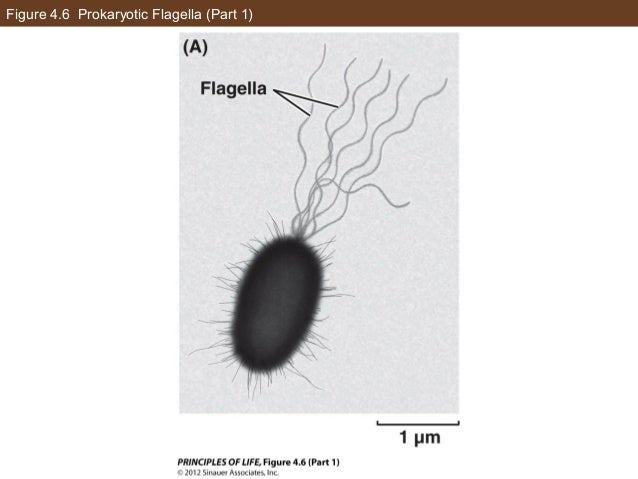
Electron microscopes reveal organelles that are impossible to resolve with the light microscope.The SEM has great depth of field, resulting in an image that seems three-dimensional.The result is an image of the topography of the specimen.These secondary electrons are collected and focused on a screen.The beam excites electrons on the surface of the sample.The sample surface is covered with a thin film of gold.Scanning electron microscopes (SEMs) are useful for studying surface structures.

To enhance contrast, the thin sections are stained with atoms of heavy metals.The image is focused and magnified by electromagnets.
 A TEM aims an electron beam through a thin section of the specimen. Transmission electron microscopes (TEMs) are used mainly to study the internal ultrastructure of cells. Theoretically, the resolution of a modern EM could reach 0.002 nanometer (nm), but the practical limit is closer to about 2 nm. Because resolution is inversely related to wavelength used, electron microscopes (whose electron beams have shorter wavelengths than visible light) have finer resolution. To resolve smaller structures, we use an electron microscope (EM), which focuses a beam of electrons through the specimen or onto its surface. While a light microscope can resolve individual cells, it cannot resolve much of the internal anatomy, especially the organelles. Techniques developed in the 20th century have enhanced contrast and enabled particular cell components to be stained or labeled so they stand out. At higher magnifications, the image blurs. Light microscopes can magnify effectively to about 1,000 times the size of the actual specimen. The minimum resolution of a light microscope is about 200 nanometers (nm), the size of a small bacterium. Resolution is limited by the shortest wavelength of the radiation used for imaging. It is the minimum distance two points can be separated and still be distinguished as two separate points. Resolving power is a measure of image clarity. Magnification is the ratio of an object’s image to its real size. Microscopes vary in magnification and resolving power. The lenses refract light such that the image is magnified into the eye or onto a video screen. In a light microscope (LM), visible light passes through the specimen and then through glass lenses. The discovery and early study of cells progressed with the invention of microscopes in 1590 and their improvement in the 17th century. All cells are related by their descent from earlier cells.Ĭoncept 6.1 To study cells, biologists use microscopes and the tools of biochemistry. The cell is the simplest collection of matter that can live.
A TEM aims an electron beam through a thin section of the specimen. Transmission electron microscopes (TEMs) are used mainly to study the internal ultrastructure of cells. Theoretically, the resolution of a modern EM could reach 0.002 nanometer (nm), but the practical limit is closer to about 2 nm. Because resolution is inversely related to wavelength used, electron microscopes (whose electron beams have shorter wavelengths than visible light) have finer resolution. To resolve smaller structures, we use an electron microscope (EM), which focuses a beam of electrons through the specimen or onto its surface. While a light microscope can resolve individual cells, it cannot resolve much of the internal anatomy, especially the organelles. Techniques developed in the 20th century have enhanced contrast and enabled particular cell components to be stained or labeled so they stand out. At higher magnifications, the image blurs. Light microscopes can magnify effectively to about 1,000 times the size of the actual specimen. The minimum resolution of a light microscope is about 200 nanometers (nm), the size of a small bacterium. Resolution is limited by the shortest wavelength of the radiation used for imaging. It is the minimum distance two points can be separated and still be distinguished as two separate points. Resolving power is a measure of image clarity. Magnification is the ratio of an object’s image to its real size. Microscopes vary in magnification and resolving power. The lenses refract light such that the image is magnified into the eye or onto a video screen. In a light microscope (LM), visible light passes through the specimen and then through glass lenses. The discovery and early study of cells progressed with the invention of microscopes in 1590 and their improvement in the 17th century. All cells are related by their descent from earlier cells.Ĭoncept 6.1 To study cells, biologists use microscopes and the tools of biochemistry. The cell is the simplest collection of matter that can live. 
Even in multicellular organisms, the cell is the basic unit of structure and function.







 0 kommentar(er)
0 kommentar(er)
